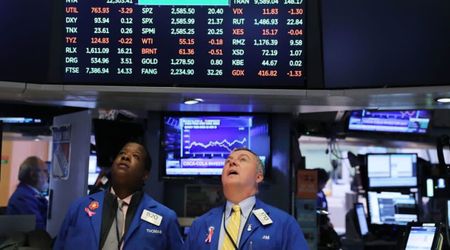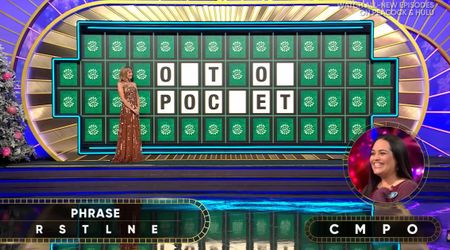The Caviar you are Eating may not be What you are Paying for; Here's What it is

More than a fancy treat, Caviar is also one of the most expensive food items which is synonymous with an opulent lifestyle. As it becomes more sought after, chefs are getting creative with it, putting it on things like fish sandwiches and even on Pringles. The numbers show that in the U.S., caviar sales are expected to go over $400 million this year, way more than the $100 million in 2022. But with higher demand and a quest for affordable options, the rare product is at risk from large-scale counterfeiting as well as trafficking.
Threats to sturgeons and illegal caviar trade
Jutta Jahrl, a conservationist at the World Wildlife Foundation, studies sturgeons, the fish that caviar comes from. Without sturgeons, there's no caviar. While people eat eggs from many types of fish, only the eggs from sturgeons, cured with salt, can be called caviar. But, caviar buyers should be careful about what they're really getting in that little tin.

Jahrl, along with a team of genetic researchers at the Leibniz Institute for Zoo and Wildlife Research in Germany, discovered that nearly one-third (29%) of the caviar being sold in four European countries comes from firms that break the rules meant to protect endangered species. Shockingly, 10% of the caviar tested wasn't even fish eggs. Instead, it was a confusing mix of unidentifiable DNA, suspected sturgeon waste, and fake products.
Jahrl's groundbreaking study exposes illegal trade
Jahrl's recent study, published in Current Biology on November 20, is the first to use a scientific method called isotope analysis to track illegal or fake caviar. This, along with standard genetic testing, helped the team get detailed information from samples, like where the eggs came from or the fish's diet, rather than just confirming if it was from a sturgeon.
This detailed info is crucial because harvesting eggs from wild sturgeon is against the law. Since 1998, the international caviar trade has been regulated by the Convention on International Trade in Endangered Species (CITES). This agreement, signed by 181 countries, aims to stop the unsustainable wild sturgeon fishing industry. According to CITES, caviar can only be produced by legitimate farming operations to leave the remaining wild sturgeon population untouched.
In the Caspian and Black Seas, where four desired and endangered sturgeon species exist, fishing for them is completely banned. The U.S. has banned caviar imports from this region since 2005, and the only legal way to get beluga caviar in the U.S. is from a Florida farm, costing $830 an ounce. The remaining illegal caviar trade caters mostly to Europe, particularly along the Danube River, where fertile female sturgeon with eggs travel upstream to spawn.

Jahrl's study included nearly 150 samples of caviar and sturgeon meat from establishments in Bulgaria, Romania, Serbia, and Ukraine. The alarming finding was that illegal caviar was widespread in all four countries, and found in various places. Fake caviar made from sturgeon farming waste or other fish products shaped into orbs could also pose health risks. The team also found mislabeled sturgeon roe and meat, violating CITES regulations.
The data exposes a major black market for caviar, driven by the constant demand for this precious delicacy. Jahrl emphasizes the need for more market analyses in other parts of Europe and the US, hoping for support from the World Wildlife Foundation (WWF).
Legal Challenges and Ethical Concerns
To clean up the caviar industry, experts say we need better enforcement of CITES rules, citing successful operations like a 2015 effort in Missouri that shut down a black market selling local paddlefish eggs as caviar.

Beyond illegal practices, there's growing ethical concern about legal caviar production prioritizing profit over animal welfare. To address confusion about where commercial caviar comes from, a "no-kill" or "humane" production approach has emerged, popular in the U.S. It involves inducing labor in pregnant sturgeon and gently massaging out their eggs. While it is non-lethal, studies suggest a 65% survival rate for females used for multiple years, although critics say it results in lower-quality.
Jahrl's study shows there's currently no foolproof way to ensure the legality of the caviar you buy. Experts suggest learning about CITES labeling requirements, though they're not always straightforward. Safer shopping options include choosing local farms adhering to CITES regulations.























